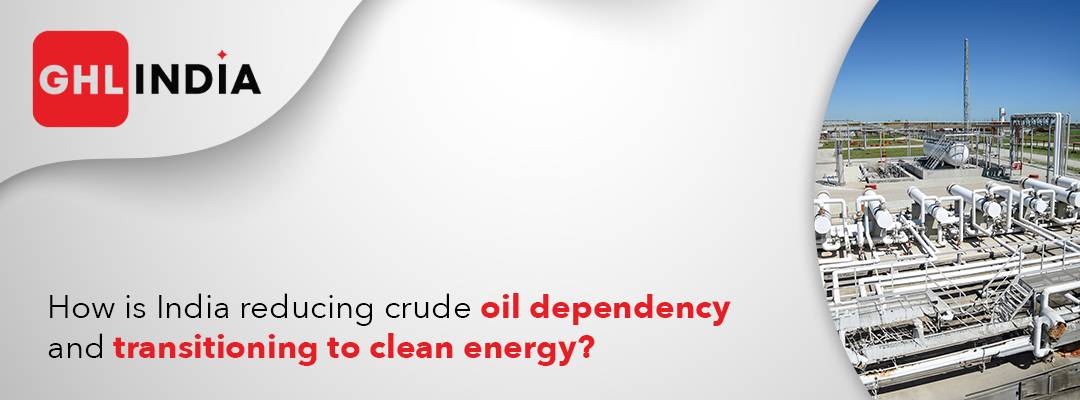
Summary:
To reduce its dependence on crude oil, the Indian government has adopted a multifaceted approach. This includes promoting natural gas, ethanol, compressed biogas (CBG), and biodiesel; developing EV infrastructure; and advancing the SATAT plan for CBG fuel. Additional measures involve diversifying crude imports, ensuring fuel availability through Universal Service Obligation requirements, expanding ethanol blending, and reducing petrol and diesel prices in remote areas.
Over the past decade, India's ethanol blending program (EBP) has saved more than US$ 12.80 billion (Rs. 1,08,655 crore) in foreign exchange while providing farmers with US$ 10.89 billion (Rs. 92,409 crore). By 2030, India aims to generate 500 GW of power from non-fossil fuel sources. Key initiatives include PM-KUSUM, PM Surya Ghar Muft Bijli Yojana, and the National Green Hydrogen Mission. Efforts to boost domestic oil and gas production have also reversed the decline in crude oil output.
Source: IBEF
Disclaimer: The information on this website comes from the India Brand Equity Foundation (IBEF), a reliable source for thorough insights into numerous areas of the Indian economy. While we aim to offer accurate and up-to-date information, the views, opinions, and analyses stated herein are solely those of the authors and contributors and do not necessarily represent IBEF's official stance or position. Readers should check information from credible sources and use their own discretion when relying on content provided on this site. We assume no responsibility or liability for the supplied content, including its accuracy, completeness, and usefulness.
